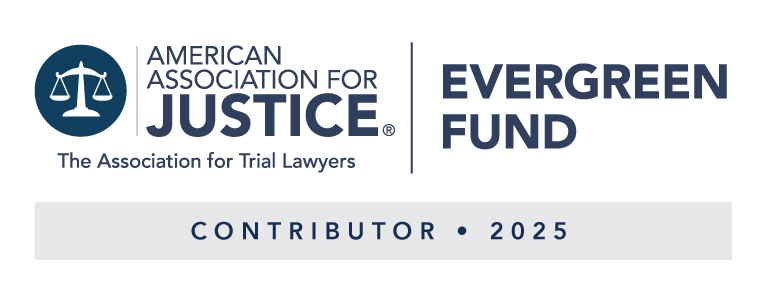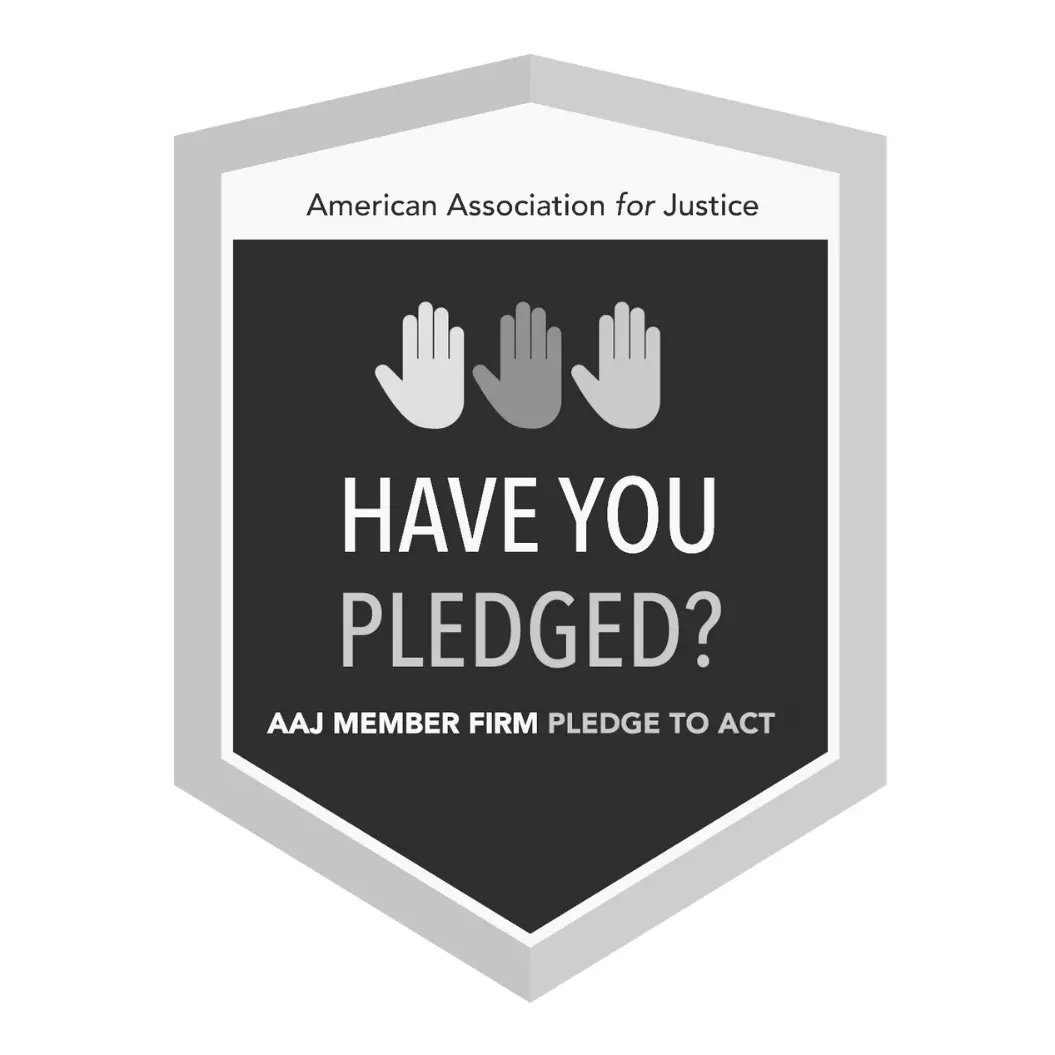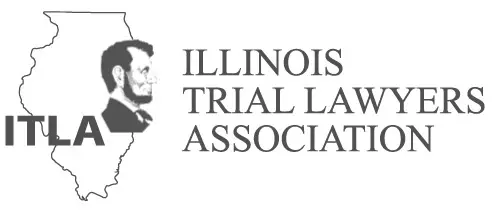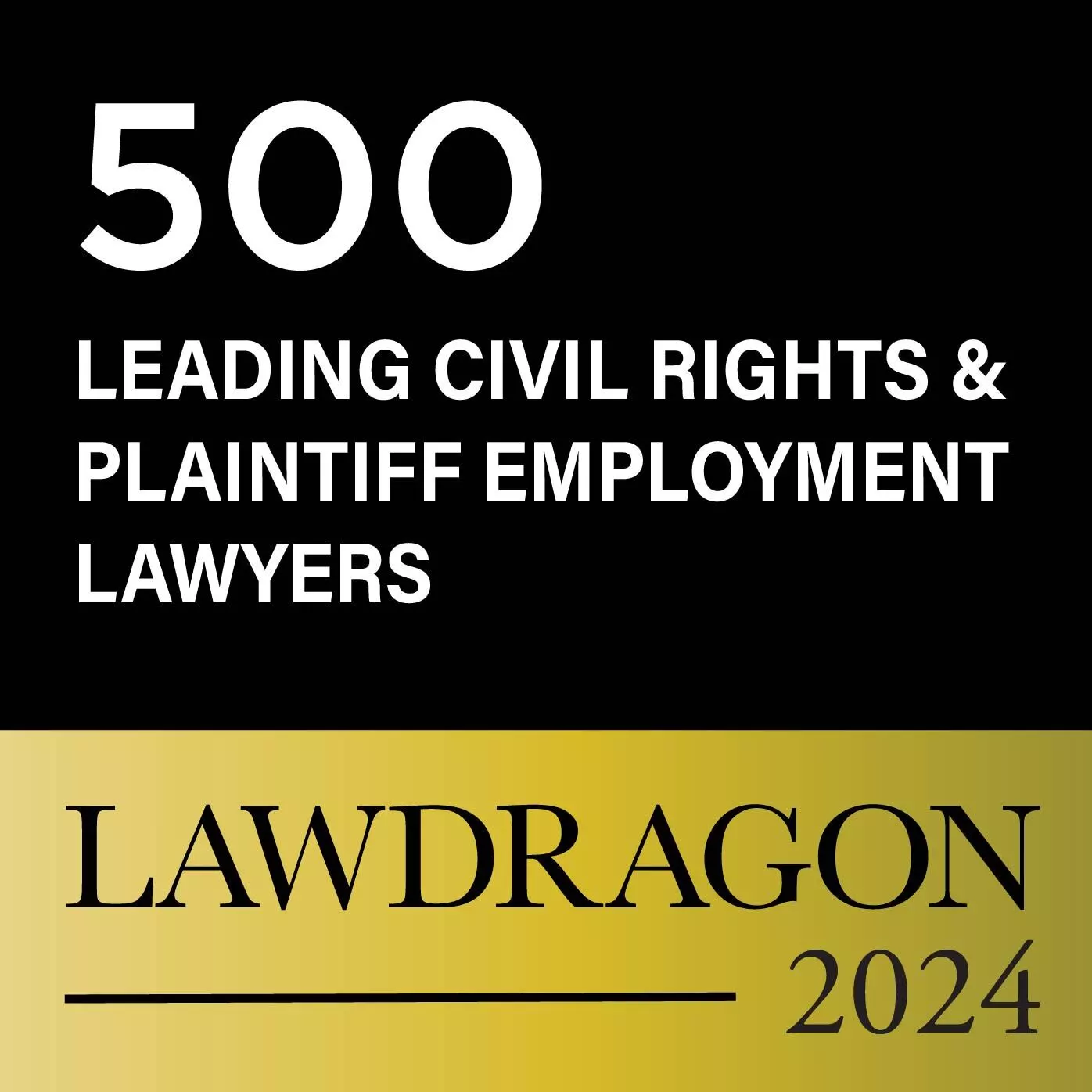A Dangerous Lack of Clarity
Federal courts have applied the doctrine of qualified immunity broadly and inconsistently—and the U.S. Supreme Court has yet to meaningfully weigh in.
As advocates lobby to abolish qualified immunity through legislative efforts, federal judges continue to expand the ever-changing landscape of this complicated issue. One recent study found that district court decisions denying qualified immunity were reversed twice as often (46%) as decisions granting qualified immunity (22%).1 Decisions from the circuit courts are a mixed bag in how they apply the qualified immunity analysis. And the U.S. Supreme Court has thus far failed to provide clarity, leaving application more favorable to civil rights plaintiffs in certain circuits and less so in others. Even as public opinion has turned against qualified immunity, this judicially created doctrine continues to prevent law enforcement accountability for misconduct and brutality.
Courts apply a two-part analysis to determine whether a government official is entitled to qualified immunity: whether the facts amount to a violation of the plaintiff’s constitutional rights and whether those rights were “clearly established” at the time of the alleged misconduct such that a reasonable officer would be on notice.2 But federal courts apply the analysis inconsistently and often take a narrow view of whether a right is clearly established, even when the facts demonstrate an obvious constitutional violation.
The following cases are just a handful of the more than 70 that circuit courts have already ruled on this year that illustrate the incongruous application of the doctrine.
First Amendment
Quraishi v. St. Charles County, Mo. Three news reporters covering a police shooting were tear-gassed while preparing for a live broadcast. They brought 42 U.S.C. §1983 claims against the officer who deployed the tear gas and against the county he worked for, alleging violations of the First and Fourth Amendments.3 The Eighth Circuit affirmed the district court’s denial of qualified immunity, finding that the officer did not have probable cause to use the tear gas and that he did so in retaliation for the reporters exercising their constitutional rights.4 The court noted that while it did not have a precedent directly on point with the facts in the case, “an exact match, however, is not required if the constitutional issue is ‘beyond debate.’”5 The analysis by the Quraishi court demonstrated a willingness to deviate from the often-used judicial excuse to apply qualified immunity: that there is not an identical case directly on point.
Crocker v. Beatty. In contrast, the Eleventh Circuit held that officers who seized the cell phone of a bystander recording a police interaction were entitled to qualified immunity because the right to record under the First Amendment was not clearly established.6 Here, we see that the breadth of protection provided by the First Amendment can be completely different from one circuit to the next.
Frasier v. Evans. An officer arrested a man and seized a tablet he was using to record other officers using excessive force while arresting someone for a drug offense. Despite four other circuits finding that this type of conduct violated the First Amendment—and acknowledging that the officers had specific training and knowledge about the public’s constitutional right to record them—the Tenth Circuit held that the right was not clearly established.7 This is another disparate application of what is considered a fundamental right.
Eighth Amendment
Johnson v. Heins. Correctional officers allegedly forced a flashlight into an inmate’s rectum, subjecting him to sexual abuse.8 The Ninth Circuit denied qualified immunity, reasoning that “in the simplest and most absolute of terms, the Eighth Amendment right of prisoners to be free from sexual abuse was unquestionably clearly established prior to the time of this alleged assault, and no reasonable prison guard could possibly have believed otherwise.”9 The unfortunate reality is that Johnson strikes a wide contrast to what is considered clearly established in other circuits, even in what one would consider the obvious context of sexual abuse of an inmate by a correctional officer.
Fourth Amendment
Peroza-Benitez v. Smith. Officers repeatedly punched the plaintiff in the head as he hung by two hands from a second-story window.10 The district court granted qualified immunity to the officers on the plaintiff’s excessive force claim, finding that it was not beyond debate that their conduct under the circumstances would constitute excessive force.11 The Third Circuit, not finding analogous precedent from the Supreme Court or itself, looked to other circuits and district courts. It found the “necessary ‘robust consensus of cases’” that supported its reversal of qualified immunity for the officer because a reasonable jury could find that the officer’s actions violated a clearly established right.12 Again, the court veered away from demanding a case directly on point to deny qualified immunity.
Vette v. K-9 Unit Deputy Sanders. The Tenth Circuit found that a reasonable officer would have been on notice that striking a subject in the face and releasing a dog to attack him after he was already apprehended by two officers was unconstitutional.13
Cunningham v. Shelby County. The Sixth Circuit overturned the lower court’s denial of qualified immunity for officers on an excessive force claim involving the fatal shooting of a woman. She had called the police to declare she intended to use a firearm against anyone who came to her home and displayed it to the officers when they arrived.14 The parties disputed what the video footage of the shooting showed and whether it indicated she may not have been a threat to the officers, but the court turned to the “objective reasonableness” standard to evaluate the officers’ actions.15 The court found that the plaintiff did not point out “existing precedent that squarely governs the specific facts and circumstances of this appeal that would have given [the officers] fair notice that their conduct was unlawful.”16
Fourteenth Amendment
Gerard v. City of New York. A detective displayed a firearm and verbally threatened to shoot a pretrial detainee who was verbally resisting the detective’s order to shave his beard—which he had grown for religious reasons—for a police lineup.17
The Second Circuit granted the detective qualified immunity, finding that under the Fourteenth Amendment’s due process clause (and the duty to protect pretrial detainees from excessive force that amounts to punishment), it was not clearly established that verbal threats and brandishing a firearm without using it violated that right.18
Tobias v. Arteaga. Similarly, the Ninth Circuit delivered a mixed ruling on a teenaged plaintiff’s violation of due process claims. It affirmed the denial of qualified immunity for a violation of the plaintiff’s Fifth Amendment right to counsel—during a two-hour interrogation he asked for an attorney, but detectives continued to question him, forcing a confession.
The court held that this violated the plaintiff’s unequivocal invocation of his right to counsel under clearly established law.19 But the court also found that the officers were entitled to qualified immunity on the Fourteenth Amendment due process claim regarding his interrogation. Even though the circumstances were similar to precedents finding interrogations coercive, the length of the plaintiff’s interrogation fell short of an “hours and hours” long interrogation that would constitute a violation of clearly established law.20
Denials of Certiorari
Clearly, the state of qualified immunity is varied and hard to predict. The denial of certiorari at the Supreme Court level is an effective tool to leave the status quo where it is, with circuits applying the Constitution without uniformity or direction. This often leaves litigants at the mercy of circuit-wide precedent. For the last few years, the Supreme Court has done just that, denying review of many cases with the potential to level the playing field to hold law enforcement civilly liable.
Summer of 2020. Last summer, the Court declined to review several lower court rulings that granted qualified immunity to police officers, leaving those decisions in place.
For example, in Zadeh v. Robinson, the Fifth Circuit granted qualified immunity to officers who searched the confidential medical records of patients of a pain management practice without a warrant, finding the “precedent must be clear enough that every reasonable official would interpret it to establish the particular rule the plaintiffs seek to apply.”21
In Corbitt v. Vickers, a police officer shot a 10-year-old child in the back of the knee while repeatedly attempting to shoot a pet dog that wasn’t threatening anyone, and the Eleventh Circuit granted qualified immunity.22
And in West v. Winfield, the Ninth Circuit granted officers qualified immunity when tear gas grenades were thrown at the plaintiff’s home to try to arrest her ex-boyfriend.23
In Baxter v. Bracey, the Sixth Circuit found that a prior case—holding that it was unconstitutional for police to deploy a canine against a suspect who had surrendered by lying on the ground—did not clearly establish that it was unlawful for police to deploy a canine against a suspect who had surrendered by sitting on the ground with his hands up. The court reasoned that unlike the prior case, the officers were unfamiliar with the location in which the Baxter plaintiff had surrendered.24
Howse v. Hodous. Earlier this year, the Court declined to review the Sixth Circuit’s grant of qualified immunity in another case.25 A 20-year-old Black man was trying to get his keys out of his pocket in front of his own house. Police officers slammed him to the ground and struck him in the back and neck. The Northern District of Ohio granted the officers qualified immunity, finding that it was a reasonable mistake to believe the plaintiff’s home was vacant because it was in a high crime area and that force was required to stop a break in.26 The Sixth Circuit agreed because there was no clearly established precedent showing their actions were unlawful.27
When SCOTUS Weighs In
Though the Supreme Court has avoided some of the most heated cases, it has chosen to quietly reiterate important components of qualified immunity in some instances. Recent Supreme Court decisions regarding the standard for qualified immunity applied to correctional officers for potential Eighth Amendment violations have given some reason to believe that the Court may have softened on its stance.
Taylor v. Riojas. This was the first case in which the Supreme Court reversed a finding of qualified immunity since 2004.28 Prison guards locked a naked inmate in two cells, one containing massive amounts of human feces and the second with raw sewage. The Fifth Circuit granted the officers qualified immunity, finding that although the guards’ actions were unconstitutional, it had not been clearly established that their actions were violations of constitutional rights such that a reasonable correctional officer would be on notice that his or her actions were violating the law.29 The Fifth Circuit found that no prior cases explicitly indicated that six days in deplorable conditions was long enough to establish a constitutional violation.30 The Supreme Court reversed, finding that no reasonable officer would think placing an inmate in such conditions was constitutional.31
McCoy v. Alamu. The Supreme Court reversed another Fifth Circuit decision granting qualified immunity to a correctional officer who pepper-sprayed an inmate without any provocation, because another inmate threw water at the officer.32 The inmate who threw the water had shielded himself, so the officer pepper-sprayed the plaintiff instead.
The Fifth Circuit found that although the officer violated the plaintiff’s Eighth Amendment right to be free from cruel and unusual punishment, it was not clearly established or beyond debate that a constitutional violation occurred.33 In reversing the ruling, the Supreme Court issued a summary disposition, relying on Taylor.34
Despite these promising opinions, it is clear that the Supreme Court is not tackling the issue of qualified immunity head-on. Taylor and McCoy represent important factual decisions, providing an avenue and guidance for inmates facing all-too-common conditions and constitutional violations.
However, they did not stem the ever-growing tide of encounters in which qualified immunity is used to shield appalling violations of constitutional rights. At the very least, the Supreme Court seems to be acknowledging that some actions by government officials are so obviously unconstitutional that a specific case with matching facts is not always necessary—leaving the door open for accountability by a hair.
Takeaways
Civil rights can often be an unpredictable practice arena. However, advocates can save themselves unhappy surprises later by researching their venue at the outset of a case. Researching which party holds the burden of proving or disproving qualified immunity, whether the district courts within the circuit require a case directly on point, whether a case directly on point exists within the circuit or at the Supreme Court level, and whether the courts within the circuit will consider the decisions that have come down in other jurisdictions will allow litigators to be adequately prepared for motions to dismiss and motions for summary judgment. Additionally, knowing how qualified immunity will be handled at trial—through special interrogatories, jury questions, or verdict sheets your future jury may have to consider—can direct your entire case.
Arming yourself with information at the earliest possible moment can help avoid creating or solidifying unfavorable law in the trenches of qualified immunity.
Bhavani Raveendran is the senior associate on the Civil Rights team at Romanucci & Blandin in Chicago and can be reached at braveendran@rblaw.net.
Notes
- Alex Reinert, Qualified Immunity on Appeal: An Empirical Assessment, Cardozo Legal Studies Research Paper No. 634, Mar. 5, 2021, at 30, https://tinyurl.com/f6w346er.
- See Harlow v. Fitzgerald, 457 U.S. 800, 818–19 (1982); see also Antonio Romanucci, Bhavani Raveendran, & Christopher Burton, Confronting Qualified Immunity and the “Reasonable” Officer Standard, Trial, Sept. 2020, at 24.
- Quraishi v. St. Charles Cty., Mo., 986 F.3d 831, 834 (8th Cir. 2021).
- Id. at 836–37.
- Id. at 838.
- 995 F.3d 1232, 1240–45 (11th Cir. 2021).
- 992 F.3d 1003, 1022 (10th Cir. 2021) (acknowledging ACLU of Illinois v. Alvarez, 679 F.3d 583 (7th Cir. 2012); Glik v. Cunniffe, 655 F.3d 78 (1st Cir. 2011); Smith v. City of Cumming, 212 F.3d 1332 (11th Cir. 2000); and Fordyce v. City of Seattle, 55 F.3d 436 (9th Cir. 1995)).
- 844 F. App’x 974, 976 (9th Cir. 2021).
- Id. (quoting Schwenk v. Hartford, 204 F.3d 1187, 1197 (9th Cir. 2000)).
- 994 F.3d 157 (3d Cir. 2021).
- Peroza-Benitez v. Smith, 2020 WL 419461 (E.D. Pa. Jan. 24, 2020).
- Peroza-Benitez, 994 F.3d at 167 (examining Taser cases in which the subject hung from a window).
- 989 F.3d 1154, 1172 (10th Cir. 2021).
- 994 F.3d 761, 763 (6th Cir. 2021).
- Id.
- Id. at 766.
- 843 F. App’x 380, 381 (2d Cir. 2021).
- Id. at 382.
- 996 F.3d 571, 580 (9th Cir. 2021).
- Id. at 585–86.
- 928 F.3d 457, 468 (5th Cir. 2019), denied, 141 S. Ct. 110 (June 15, 2020)(internal citation omitted).
- 929 F.3d 1304, 1307–08 (11th Cir. 2019), denied, 141 S. Ct. 110 (June 15, 2020).
- 931 F.3d 978, 982, 987 (9th Cir. 2019), denied, 141 S. Ct. 111 (June 15, 2020).
- 751 F. App’x 869, 872–73 (6th Cir. 2018) denied, 140 S. Ct. 1862 (June 15, 2020).
- 953 F.3d 402, 411 (6th Cir. 2020) denied, 141 S. Ct. 1515 (Mar. 18, 2021).
- Howse v. Hodous, 2019 WL 1509139, at *10 (N.D. Ohio Apr. 5, 2019).
- Howse, 953 F.3d at 407.
- Chemerinsky: SCOTUS Hands Down a Rare Civil Rights Victory on Qualified Immunity, ABA J., Feb. 1, 2021, https://tinyurl.com/2nybf4j2.
- Taylor v. Stevens, 946 F.2d 211, 222 (5th Cir. 2019).
- Id.
- Taylor v. Riojas, 141 S. Ct. 52, 53 (2020). AAJ submitted an amicus brief in Taylor, as well as several other recent qualified immunity cases. To access these briefs, visit https://www.justice.org/advocacy/legal-affairs/amicus-curiae-program.
- 141 S. Ct. 1364 (2021).
- McCoy v. Alamu, 950 F.3d 226, 233 (5th Cir. 2020).
34. McCoy, 141 S. Ct. at 1364













